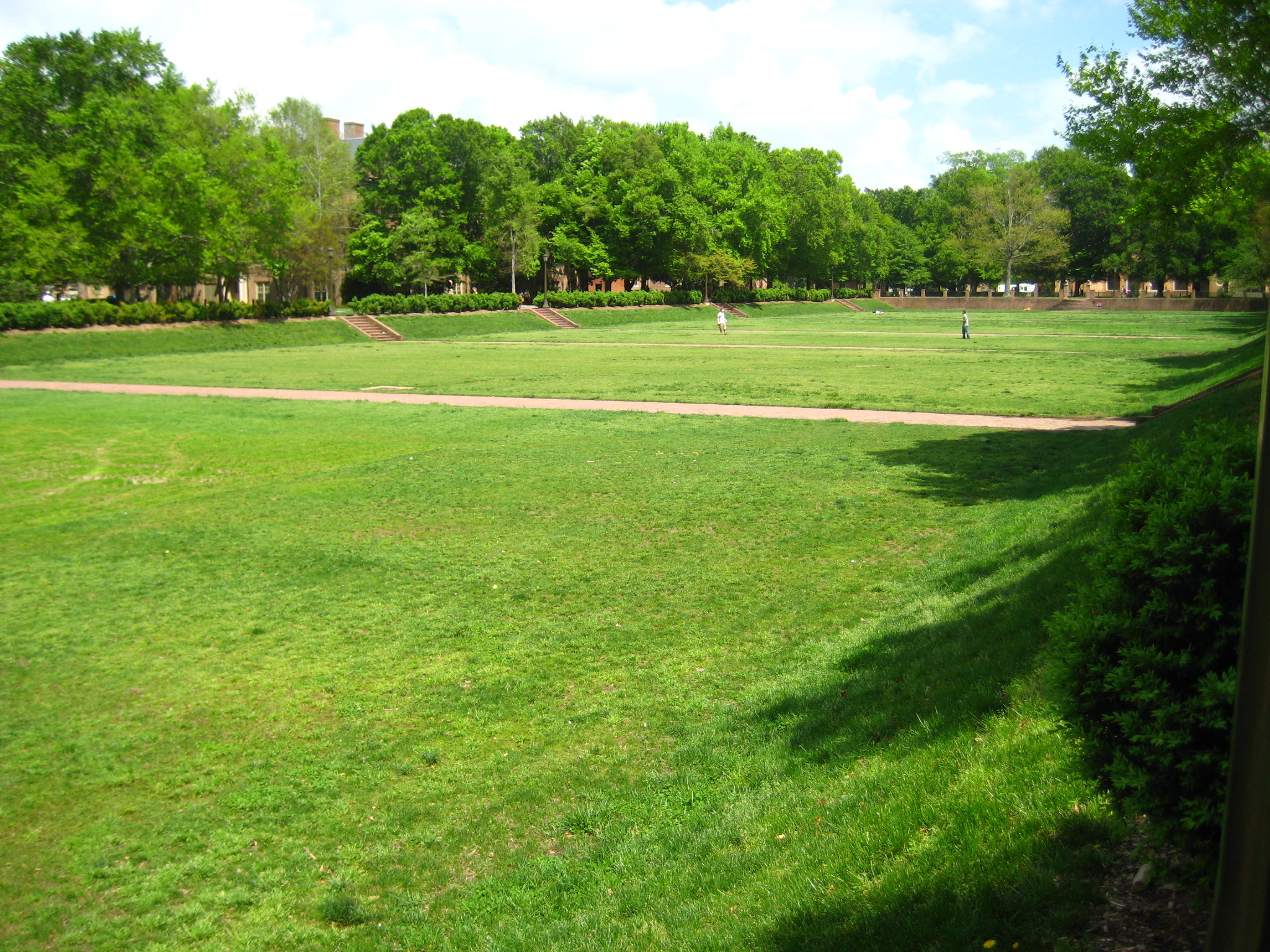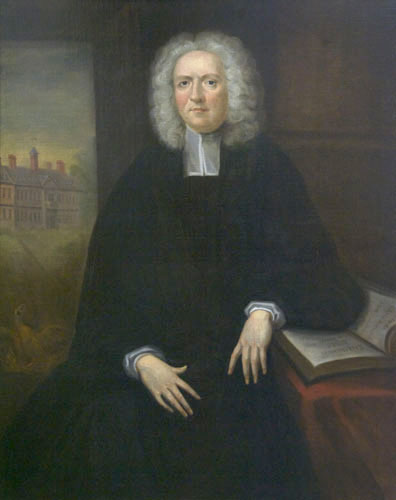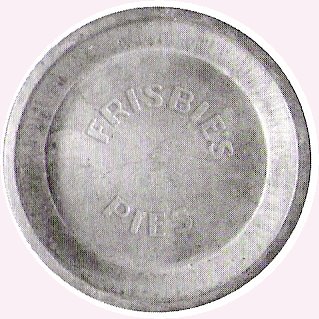|
Sunken Garden (Virginia)
The Sunken Garden (often erroneously referred to as the Sunken Gardens) is the central element of the Old Campus at the College of William and Mary. The garden consists of a long stretch of grass, lower than the surrounding area, that runs west from the rear of the Wren Building to Crim Dell pond. The area is very popular for students wanting to study outside or play games like Ultimate. Functionally, it is similar to a university quadrangle. The Sunken Garden was first designed by College Architect Charles M. Robinson, who was working closely with J.A.C. Chandler on the project from 1919 to 1923. The design was reportedly based on the works of Christopher Wren seen in England, especially his work at Chelsea Hospital. The plan for a sunken garden on the campus was first mentioned in correspondence between J.A.C. Chandler and Charles F. Gillette in October 1923. The plan to omit the construction of the Sunken Garden as included in building plans drawn by landscape artist Cha ... [...More Info...] [...Related Items...] OR: [Wikipedia] [Google] [Baidu] |
The Flat Hat
''The Flat Hat'' is the official student newspaper at the College of William and Mary in Williamsburg, Virginia. It prints Tuesdays during the College's academic year. It began printing twice-weekly in 2007; since its inception in 1911, ''The Flat Hat'' had printed weekly. It returned to weekly printing in 2015.''The Flat Hat'' online: About Us . Accessed 22 May 2008. In fall 2020, ''The Flat Hat'' began printing biweekly due to restrictions associated with the COVID-19 pandemic. ''The Flat Hat'' staff operates out of its office in William and Mary's Sadler Center. The newspaper is printed as a |
College Of William And Mary
The College of William & Mary (officially The College of William and Mary in Virginia, abbreviated as William & Mary, W&M) is a public research university in Williamsburg, Virginia. Founded in 1693 by letters patent issued by King William III and Queen Mary II, it is the second-oldest institution of higher education in the United States and the ninth-oldest in the English-speaking world. Institutional rankings have placed it among the best public universities in the United States. The college educated American presidents Thomas Jefferson, James Monroe, and John Tyler. It also educated other key figures pivotal to the development of the United States, including the first President of the Continental Congress Peyton Randolph, the first U.S. Attorney General Edmund Randolph, the fourth U.S. Supreme Court Chief Justice John Marshall, Speaker of the House of Representatives Henry Clay, Commanding General of the U.S. Army Winfield Scott, sixteen members of the Continental Congr ... [...More Info...] [...Related Items...] OR: [Wikipedia] [Google] [Baidu] |
Crim Dell
The Crim Dell bridge is a wooden bridge on the College of William & Mary’s campus in Williamsburg, Virginia, United States and is considered one of the College's most scenic areas. Crim Dell itself is actually the pond that the bridge crosses over, but the bridge is commonly referred to as Crim Dell. The bridge was opened on William & Mary's first-ever Parents' Day in 1966.''The Flat Hat'' online: Crim Dell – 43 years of tradition in history Accessed April 25, 2008. , the College President at the time, had the idea to build a newer, more elaborate bridge than the bare, unpainted one that had previously occupied ... [...More Info...] [...Related Items...] OR: [Wikipedia] [Google] [Baidu] |
Ultimate (sport)
Ultimate, originally known as ultimate Frisbee, is a non-contact team sport played with a frisbee flung by hand. Ultimate was developed in 1968 by AJ Gator in Maplewood, New Jersey. Although ultimate resembles many traditional sports in its athletic requirements, it is unlike most sports due to its focus on self-officiating, even at the highest levels of competition. The term Frisbee, often used to generically describe all flying discs, is a registered trademark of the Wham-O toy company, and thus the sport is not formally called "ultimate Frisbee", though this name is still in common casual use. Points are scored by passing the disc to a teammate in the opposing end zone. Other basic rules are that players must not take steps while holding the disc, and interceptions, incomplete passes, and passes out of bounds are turnovers. Rain, wind, or occasionally other adversities can make for a testing match with rapid turnovers, heightening the pressure of play. From its beginnings i ... [...More Info...] [...Related Items...] OR: [Wikipedia] [Google] [Baidu] |
Quadrangle (architecture)
In architecture, a quadrangle (or colloquially, a quad) is a space or a courtyard, usually rectangular (square or oblong) in plan, the sides of which are entirely or mainly occupied by parts of a large building (or several smaller buildings). The word is probably most closely associated with college or university campus architecture, but quadrangles are also found in other buildings such as palaces. Most quadrangles are open-air, though a few have been roofed over (often with glass), to provide additional space for social meeting areas or coffee shops for students. The word ''quadrangle'' was originally synonymous with ''quadrilateral'', but this usage is now relatively uncommon. Some modern quadrangles resemble cloister gardens of medieval monasteries, called ''garths'', which were usually square or rectangular, enclosed by covered arcades or cloisters. However, it is clear from the oldest examples (such as Mob Quad) which are plain and unadorned with arcades, that the medie ... [...More Info...] [...Related Items...] OR: [Wikipedia] [Google] [Baidu] |
Charles M
Charles is a masculine given name predominantly found in English and French speaking countries. It is from the French form ''Charles'' of the Proto-Germanic name (in runic alphabet) or ''*karilaz'' (in Latin alphabet), whose meaning was "free man". The Old English descendant of this word was '' Ċearl'' or ''Ċeorl'', as the name of King Cearl of Mercia, that disappeared after the Norman conquest of England. The name was notably borne by Charlemagne (Charles the Great), and was at the time Latinized as ''Karolus'' (as in ''Vita Karoli Magni''), later also as '' Carolus''. Some Germanic languages, for example Dutch and German, have retained the word in two separate senses. In the particular case of Dutch, ''Karel'' refers to the given name, whereas the noun ''kerel'' means "a bloke, fellow, man". Etymology The name's etymology is a Common Germanic noun ''*karilaz'' meaning "free man", which survives in English as churl (< Old English ''ċeorl''), which developed its dep ... [...More Info...] [...Related Items...] OR: [Wikipedia] [Google] [Baidu] |
Christopher Wren
Sir Christopher Wren PRS FRS (; – ) was one of the most highly acclaimed English architects in history, as well as an anatomist, astronomer, geometer, and mathematician-physicist. He was accorded responsibility for rebuilding 52 churches in the City of London after the Great Fire in 1666, including what is regarded as his masterpiece, St Paul's Cathedral, on Ludgate Hill, completed in 1710. The principal creative responsibility for a number of the churches is now more commonly attributed to others in his office, especially Nicholas Hawksmoor. Other notable buildings by Wren include the Royal Hospital Chelsea, the Old Royal Naval College, Greenwich, and the south front of Hampton Court Palace. Educated in Latin and Aristotelian physics at the University of Oxford, Wren was a founder of the Royal Society and served as its president from 1680 to 1682. His scientific work was highly regarded by Isaac Newton and Blaise Pascal. Life and works Wren was born in East Knoyl ... [...More Info...] [...Related Items...] OR: [Wikipedia] [Google] [Baidu] |
Chelsea Hospital
The Royal Hospital Chelsea is a retirement home and nursing home for some 300 veterans of the British Army. Founded as an almshouse, the ancient sense of the word "hospital", it is a site located on Royal Hospital Road in Chelsea. It is an independent charity and relies partly upon donations to cover day-to-day running costs to provide care and accommodation for veterans. Residents are known as Chelsea Pensioners. The gardens of the Royal Hospital are Grade II listed on the Register of Historic Parks and Gardens. History King Charles II founded the Royal Hospital as a retreat for veterans in 1682.Guidebook, p. 3 The initiative is said to have come from Nell Gwyn according to Peter Cunningham's "The Story of Nell Gwyn" 851 The tradition was perpetuated when her portrait was used as a sign for a public house in Grosvenor Row (a thoroughfare which disappeared in the 19th century). The provision of a hostel rather than the payment of pensions was inspired by Les Invalides i ... [...More Info...] [...Related Items...] OR: [Wikipedia] [Google] [Baidu] |
Charles Gillette
Charles Freeman Gillette (1886–1969) was a prominent landscape architect in the upper South who specialized in the creation of grounds supporting Colonial Revival architecture, particularly in Richmond, Virginia. He is associated with the restoration and re-creation of historic gardens in the upper South and especially Virginia. He is known for having established a regional style—known as the "Virginia Garden." Biography In 1909-1911, Gillette served as an apprentice in the office of Warren H. Manning, a leading early-20th century landscape architect. Gillette moved to Richmond in 1913 to supervise the completion of Manning's landscape design for the University of Richmond's new campus. In 1915, he began designing the grounds of the Nelson House in Yorktown, Virginia. In 1924, he commenced work on the landscape restoration of Kenmore in Fredericksburg, Virginia. A few years later, he initiated plans for the landscaping of Virginia House and Agecroft, both reconstructed ... [...More Info...] [...Related Items...] OR: [Wikipedia] [Google] [Baidu] |
Civilian Conservation Corps
The Civilian Conservation Corps (CCC) was a voluntary government work relief program that ran from 1933 to 1942 in the United States for unemployed, unmarried men ages 18–25 and eventually expanded to ages 17–28. The CCC was a major part of President Franklin D. Roosevelt's New Deal that supplied manual labor jobs related to the conservation and development of natural resources in rural lands owned by federal, state, and local governments. The CCC was designed to supply jobs for young men and to relieve families who had difficulty finding jobs during the Great Depression in the United States Robert Fechner was the first director of this agency, succeeded by James McEntee following Fechner's death. The largest enrollment at any one time was 300,000. Through the course of its nine years in operation, three million young men took part in the CCC, which provided them with shelter, clothing, and food, together with a wage of $30 (equivalent to $1000 in 2021) per month ($25 of ... [...More Info...] [...Related Items...] OR: [Wikipedia] [Google] [Baidu] |





